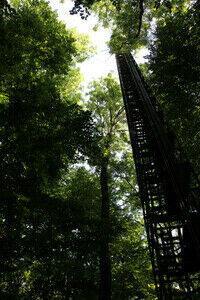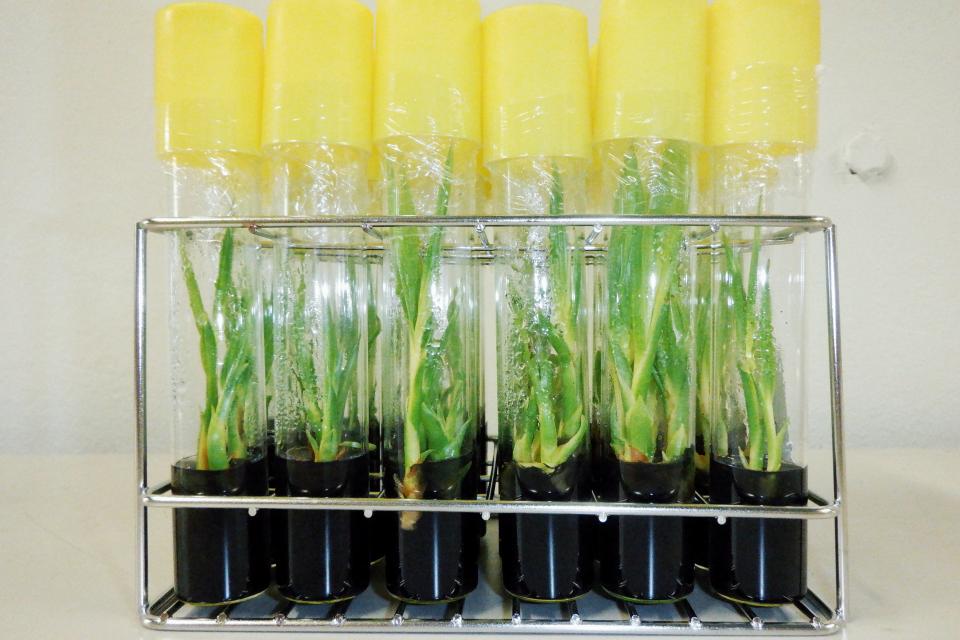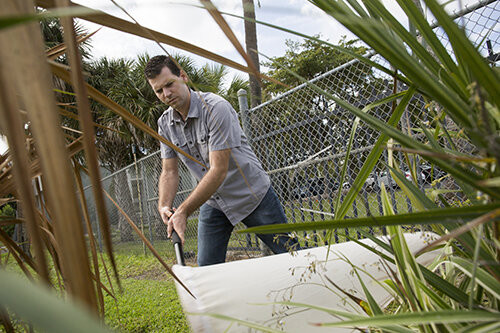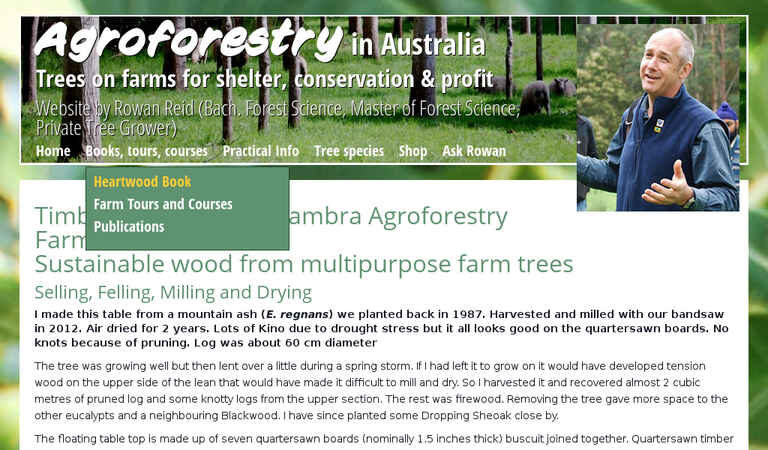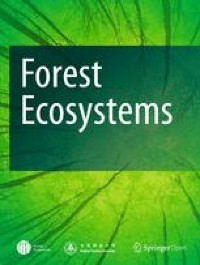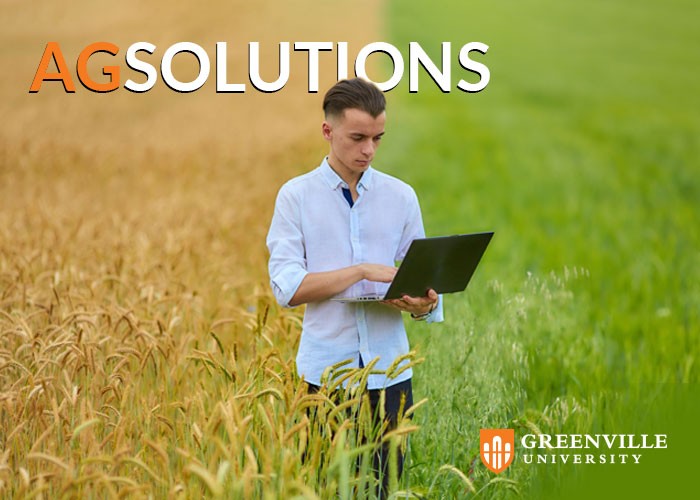 John LaRose Jr.
John LaRose Jr.
Topics: Forestry, Agriculture Global, Government / Policies, Ag Australia/NZ,
What the deforestation pledge means for Australian agriculture
Questions have also arisen over whether Scott Morrison consulted with state and territory leaders, or even members of his own government, before making the commitment.
-
(0)
-
Bookmark
- Comments (0)
 John LaRose Jr.
John LaRose Jr.
Topics: Forestry, Agriculture Global, Beekeeping, Gardening, Sustainability, Pollinators,
Where To Place A Beehive - Can You Put It In The Woods?
Knowing where to place a beehive is crucial to your bees' wellbeing. Planning to place your beehives in the woods? Here's what you should know before you do that
-
(0)
-
Bookmark
- Comments (0)
 John LaRose Jr.
John LaRose Jr.
Topics: Forestry, Pest Control, Gardening,
How To Get Rid of Bagworms On Trees
Bagworms can do a lot of damage to your conifers in a short period of time. The following is going to help in understanding how to get rid of bagworms.
-
(0)
-
Bookmark
- Comments (0)
 John LaRose Jr.
John LaRose Jr.
Topics: Forestry, Gardening, Urban Farming,
The garden is like a pyramid with 800 trees on the roof in the middle of a crowded city - Agricultural Family
The roof with a pyramid-like garden with 800 lovely trees creates a unique highlight in the middle of the city in London, England. The house called Garden House has 2 floors located in De Beauvoir, London, England. The building was built by the architecture firm Hayhurts and Co for the famous leather designer couple Whitaker and […]
-
(0)
-
Bookmark
- Comments (0)
 John LaRose Jr.
John LaRose Jr.
Topics: Soil Health, Forestry, Agriculture Global, Economics, Sustainability, Regenerative Agriculture, Weather,
How robust are ecosystems? Three key indicators hold the clues
23.09.2021 - Göttingen University research team involved in global study on conditions and capacity to adapt Ecosystems provide a wide range of services to people. These services depend on basic ecosystem functions, which are shaped by natural conditions like climate, the mix of species and by human intervention.
-
(0)
-
Bookmark
- Comments (0)
 John LaRose Jr.
John LaRose Jr.
Topics: Forestry, Agriculture Global, Sustainability, Research,
Appropriate preconditioning and testing could reduce winter damage to seedlings
The growth of the trees in the boreal zone is based on the acclimation and adaptation of their annual cycle with the changes of the weather conditions during the four seasons. Winter damage would be one ...
-
(0)
-
Bookmark
- Comments (0)
 John LaRose Jr.
John LaRose Jr.
Topics: Forestry, Fruit, Research, Genes /Genetics, Education,
Coconut tree cloning breakthrough will help propagation and preservation
Coconut trees grow slowly and are difficult to clone. Scientists at KU Leuven and the Alliance multiplied seedlings faster and conserved coconut genetic resources for the long-term. This will help preserve coconut tree biodiversity and meet increasing demand for coconuts and derived products
-
(0)
-
Bookmark
- Comments (0)
 John LaRose Jr.
John LaRose Jr.
Topics: Agriculture US, Pesticides, Forestry, Pest Control, Insects, Research, Ag South America,
Palm tree disease in Florida transmitted by traveling bug from Jamaica - Samachar Central
Brian W. Bahder doing fieldwork. Credit: Brian W. Bahder What began as a curious survey of an insect in Florida revealed a much larger network of movement across the Caribbean basin. Haplaxius crudus, commonly known as the American palm cixiid, transmits phytoplasmas (bacteria that cause plant diseases) in palm. The American palm cixiid is known […]
-
(0)
-
Bookmark
- Comments (0)
 John LaRose Jr.
John LaRose Jr.
Topics: Forestry, Agriculture Global, Economics, Regenerative Agriculture, Ag Australia/NZ,
-
(0)
-
Bookmark
- Comments (0)
 John LaRose Jr.
John LaRose Jr.
Topics: Agriculture US, Forestry, Economics, Sustainability, Renewable Energy (Solar/Wind),
Effects of harvest intensity on the marketable organ yield, growth and reproduction of non-timber forest products (NTFPs): implication for conservation and sustainable utilization of NTFPs - Forest Ecosystems
Background Non-timber forest products (NTFPs) are an important part of forest biodiversity, and the subsistence and trade of local people, especially in less developed countries. Because of the high ecological and economic value, NTFPs have faced the problem of over-exploitation, and the key to solve this problem is to determine the feasible way of sustainable utilization of NTFPs. Harvest intensity is one of the most important and easily controlled utilization factors, which can greatly influence the plant individual survival, growth and reproductive performances, and even the population structure and dynamics. Therefore, we chose two common and important NTFPs species with different marketable parts (i.e., Acanthopanax senticosus with tender leaves and Aralia elata with tender buds) as our study objects. Aiming to determine the optimum harvest intensity for sustainably utilizing both NTFPs species, five levels of harvest intensity treatments (i.e., control, light, medium, high and severe) were designed to assess the effects of harvest intensity on their marketable organ yield, plant growth and reproductive performances. Results The biomass growth rates of marketable organ and plant growth of A. senticosus under light harvest intensity treatment were significantly higher than those under other harvest intensities. The plant height growth and 1000-seed weight of A. elata under severe harvest intensity treatment were significantly lower than those under control treatment. Conclusions The light harvest intensity with 25% leaf removal and the high harvest intensity with all terminal buds harvested are the optimum harvest intensity to maintain the sustainable utilization of A. senticosus and A. elata, respectively. These findings could provide managers with basic but practical guidance for making decisions about the sustainable harvest management plan for the cultivated NTFPs species, and further provide a theoretical basis for managers to establish the harvest regulations for wild NTFPs species. Consequently, the lo...
-
(0)
-
Bookmark
- Comments (0)


